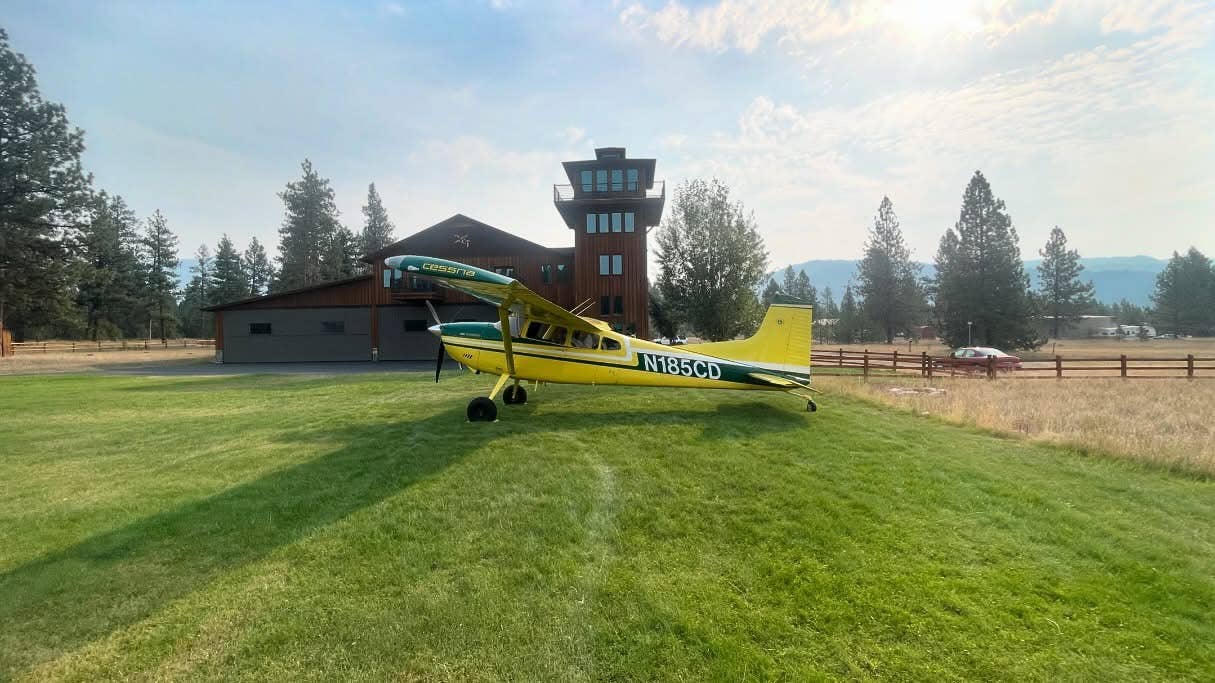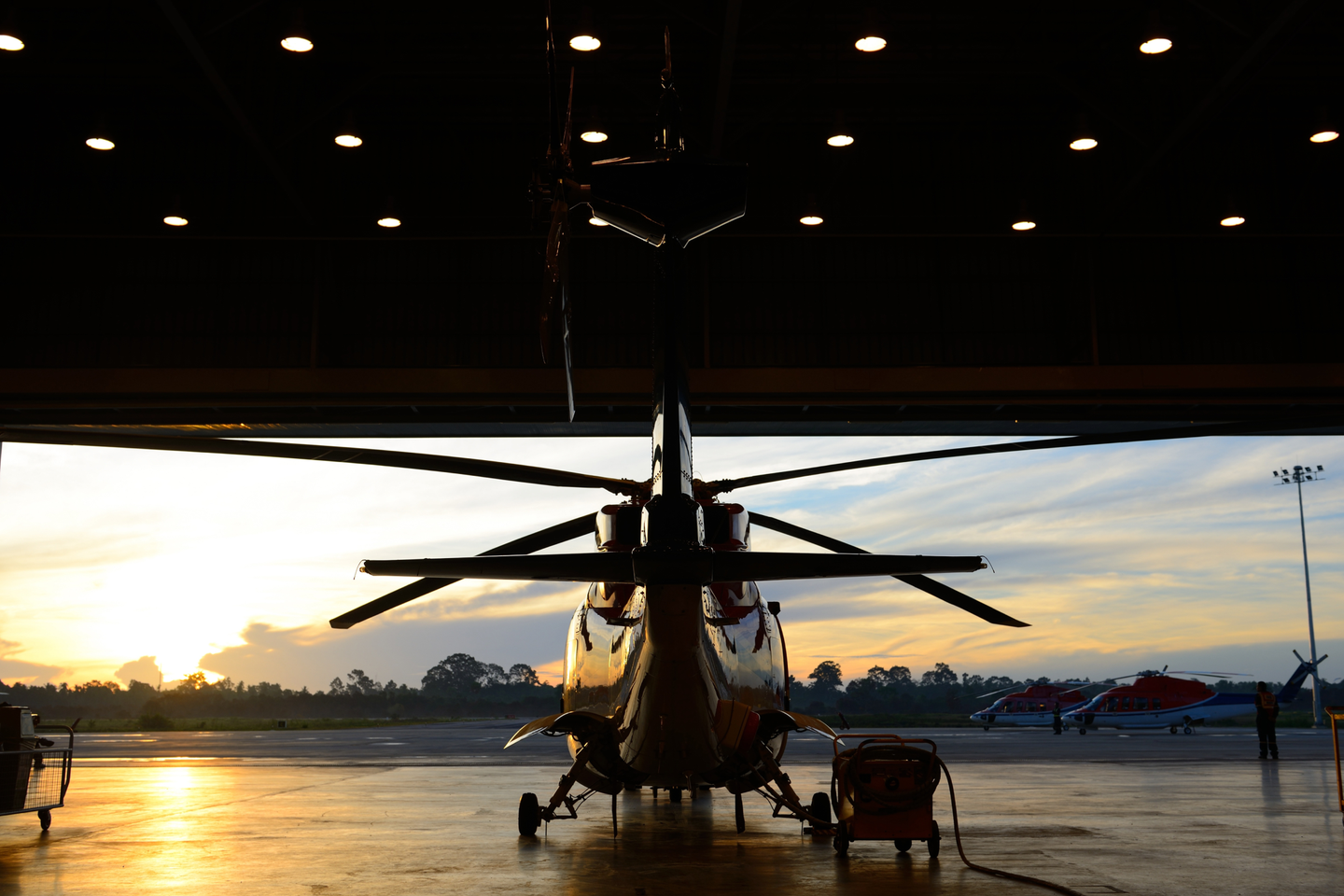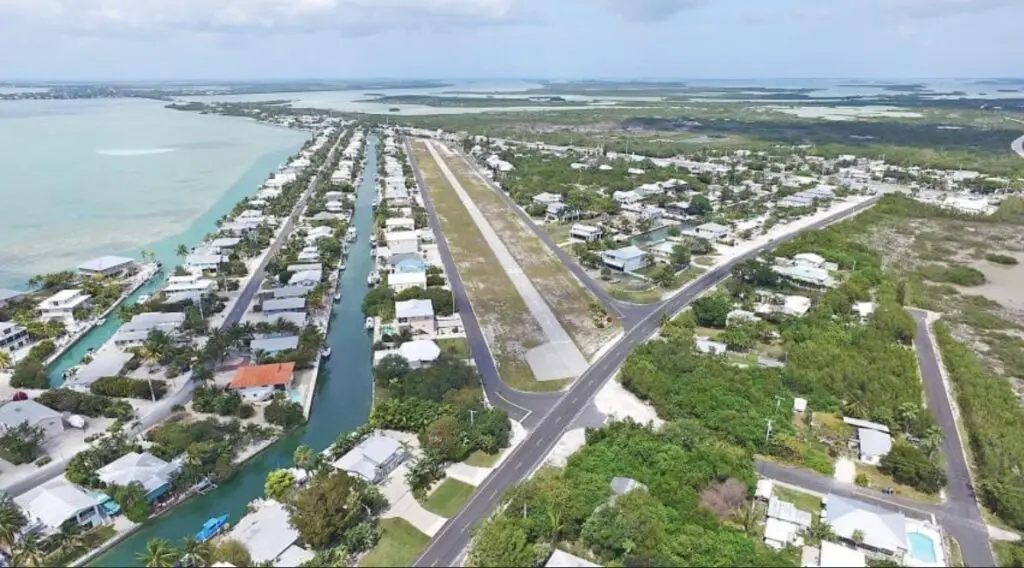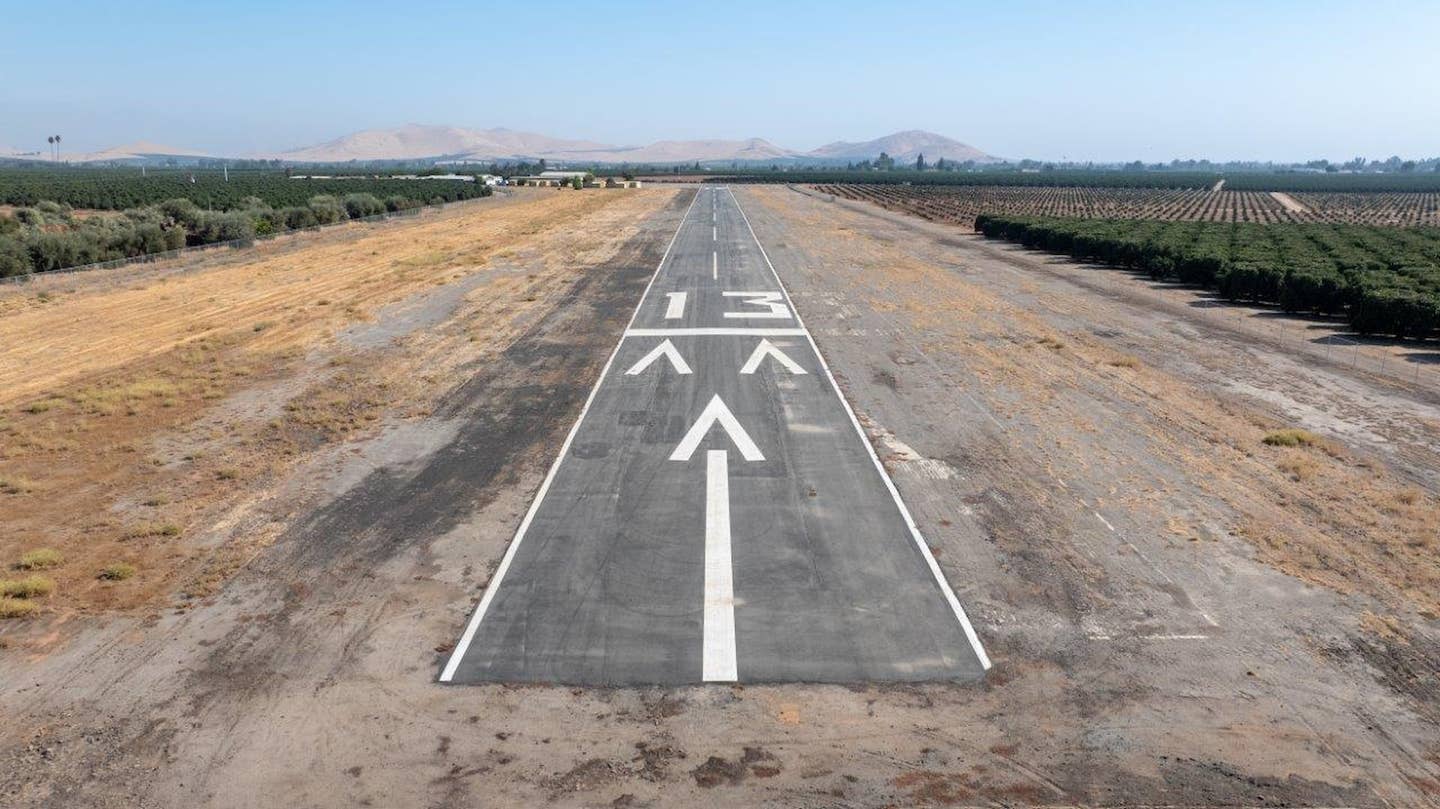Building the New American Dream SkyRanch
A flight school that offers tailwheel, warbird, and aerobatic training relocates to South Carolina.
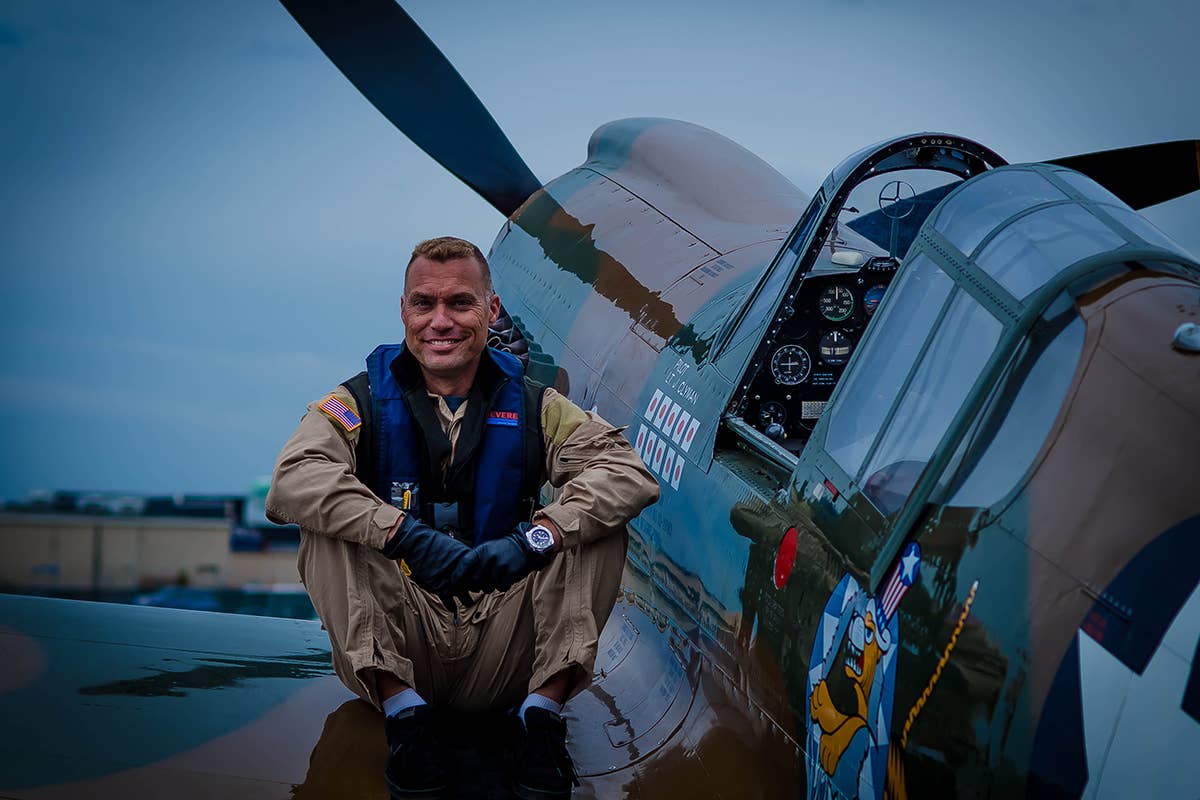
Thom Richard, owner of American Dream SkyRanch (18SC) in Ninety Six, South Carolina. [Courtesy: American Dream SkyRanch]
“We are going to make this the epicenter of cool aviation events in The Carolinas. The plan is we are going to open a dropzone, we are going to have regular fly-ins, and I have an aerobatic box on the property, which was approved back in January. I already have the permit for our airshow, although I don't yet have a date for it. We will be able to accommodate 5,000 people or so, it will be a smaller show, as that’s about how many people we will be able to fit on the property,” noted Thom Richard, the owner of American Dream SkyRanch (18SC) in Ninety Six, South Carolina.
And while the airshow and other attractions at the SkyRanch are expected to draw their own fair share of pilots and aviation enthusiasts, the real star of the property is Richard’s vintage aircraft flight school, Warbird Adventures. This company serves budding through experienced pilots, offering initial private pilot training, as well as aerobatic, tailwheel, and warbird-specific coursework.
The latter training is conducted in Warbird Adventures’ North American T-6 Texans. Other aircraft in the training fleet include a 7KCAB Citabria and an 8KCAB Super Decathlon, but another taildragger, the aerodrome’s namesake, typically catches the most attention.
American Dream, a Curtiss TP-40N Warhawk, the only flying model in the world of its type that offers dual instruction, is Richard’s pride and joy. His tenure flying the Warhawk and other warbirds spans his entire adulthood.
Richard explained his initial passion for flight and how he wound up doing what he is doing professionally now.
“When I was 7 years old, I read an article about the Reno Air Races. I mostly looked at the pictures, frankly, but it was really spectacular and made quite the impression on me. I had never seen anything like that before and thought it was the coolest thing I had ever seen. I decided right then and there, ‘That’s what I am going to do when I grow up,’” he explained.
Richard continued, “People laughed at me, obviously, but pretty much everything that I did from that point on was to move in that direction. When I was 17, I immigrated to the United States by myself so that I could pursue aviation.”
As he became a more experienced pilot, Richard sought to share his passion for warbirds with others and began instructing new and novice pilots alike in them. Consequently, Warbird Adventures was founded in 1998. Up until September of 2021, it was based at Florida's Kissimmee Gateway Airport (KISM).
Like he had determined when immigrating to the U.S. decades ago, Richard decided that a change of location would be positive for his longtime instruction business.
“We spent 25 years down in Kissimmee, until last summer. The reason for the move was strictly financial. I had built the 14,000-square-foot hangar [the business was based at] on a municipal airport and in order to get your money out of it, you have to sell it while there is still time on the land lease. I was 13 years into the hangar, so the timing was perfect. And with the real estate market the way it was, I decided it was a good time to sell.”
The current location of Warbird Adventures and Richard’s other aerial ventures is the byproduct of a lot of thought on his part.
“I started looking for a replacement and had always wanted a grass strip. I hadn’t really thought of what to do with it, other than basing my flight school there and continuing operations as we had. I wanted to be on the East Coast, so I started searching up and down the coast and realized that weather wise, I really didn’t want to go too far north if I wanted to keep a year-round operation. But I still wanted slightly cooler weather and to be centrally located for all of the airshows that I fly. I kept coming back to South Carolina; for many reasons my decision kept defaulting to here. I started looking at tons of properties and this one came up. It was a complete fluke actually, as it wasn’t even advertised as an aviation property—even though it had a runway for 50 years.”
All of Richard’s plans for making the property an aviation epicenter revolve around improvements to the sole turf airstrip. “The runway technically is 3,400 feet long. That sounds long, but it’s really not because the first 500 feet is a real steep uphill with 60-foot trees at the end. You can’t land on that [portion] at all, until you get to the top of the hill. The same thing is on the other side of the runway, which has an 800-foot section of slope that rises 40 feet. That is pretty significant at a 7 percent grade. So, unless you’re flying a Super Cub and are familiar with that type of flying, that’s not a very friendly operation.”
With more than a third of the runway effectively unusable, Richard was quick to plan ways to increase its functionality—particularly for larger warbirds that will eventually call American Dream SkyRanch home.
“The plateau on top is 2,000 feet long and is 50 feet wide. We can operate T-6s and all of the smaller airplanes that we fly from this section. But we’ve started working on a runway extension on the approach end [of RWY 13/31]. We are adding a thousand feet to the runway, down below that first hill. We should easily be able to land a fighter, which is my goal since I operate a P-40, P-51, Corsair, and that kind of stuff. I want to be able to land high-performance airplanes here, so I need that thousand feet on the bottom beyond the trees to roll up the hill and not have to use the brakes and be safe.”
He continued, “After that work, the runway will be 4,400 feet long. Eventually, I would like to extend on the other end, but I don’t own that property yet; 5,500 feet is the goal, and we are always going to widen the runway to 100 feet, as opposed to just 50, because that’s a little tight for a high-performance airplane.”
For those coming to American Dream SkyRanch, whether for initial training or to get checked out in warbirds, their interest primarily is focused upward. Not only has Richard worked to ensure the grounds at this new training location are conducive to operations, but he has also put attention towards the surrounding airspace as well.
“We have three Air Traffic Control facilities that intersect here, so all three of them have to be notified each time we activate the aerobatic box. You just have to make three phone calls, which isn’t a big deal. There’s not a whole lot of traffic coming through here and the nearest airway is three and half miles away, so it’s just inside that 4 nautical mile limit. When our box is activated though, we can do anything within a 2-statute mile radius, up to 5,000 feet, with no speed limit. That really comes into handy with the fighters because 250 knots is racing.”

Sign-up for newsletters & special offers!
Get the latest FLYING stories & special offers delivered directly to your inbox



